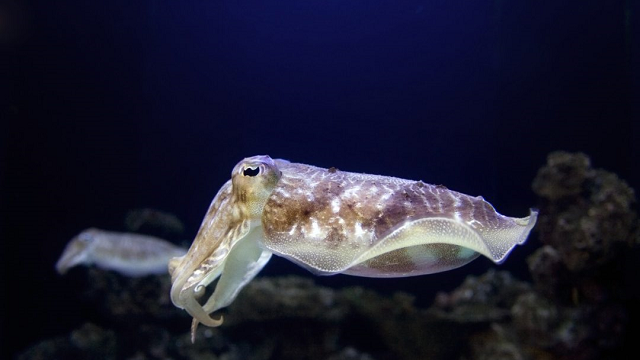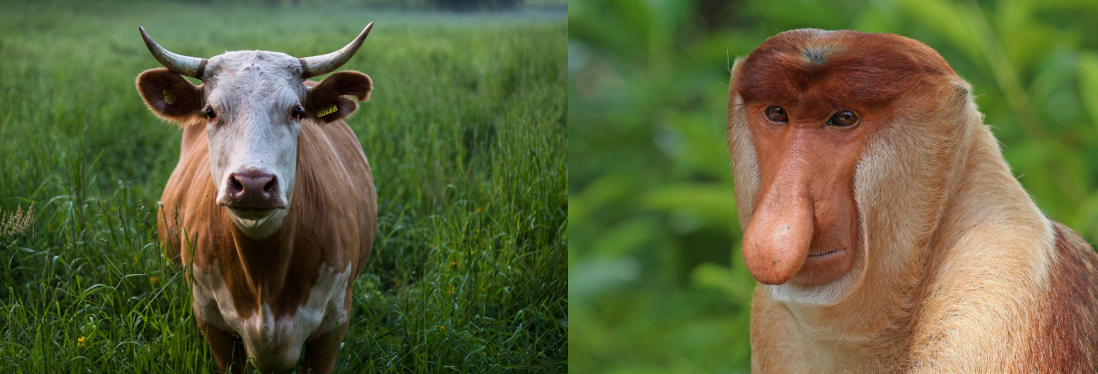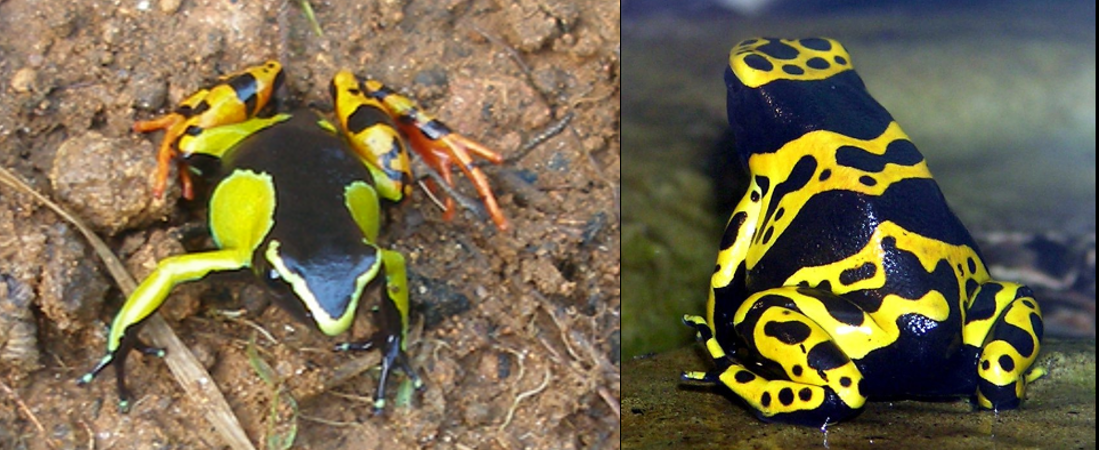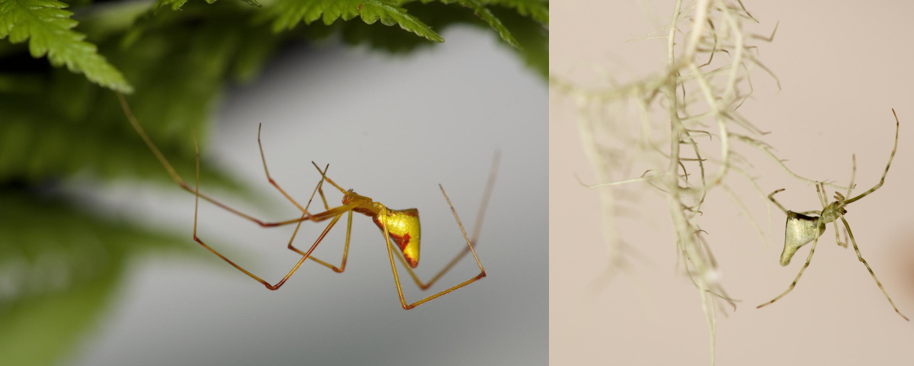When faced with a problem, natural selection will often produce similar solutions in unrelated animals.
Use this short article with Year 10 Biology students to support the learning of convergent evolution.
Word Count: 424

In the words of the best scientist who never actually existed…. Life finds a way. Whatever the problem nature throws up, natural selection will press to find a solution. Often those solutions are remarkably similar, even in animals separated by millions of years of evolution.
It’s why sharks and dolphins both evolved streamlined bodies and dorsal fins as common solutions to the problem of how to get through water most efficiently, or thylacines and dingos look similar, despite being very far apart on the evolutionary family tree.
Here are our top 5 examples of convergent evolution.
1. Echolocation

Bats and dolphins are alike in one very special way – the ability to navigate the world using sound. This ability has arisen independently in the cetaceans (whales and dolphins) and insect-hunting microbats.
It turns out that around 200 genes common to both bats and dolphins have altered, independently, over the course of evolution. These genes associated with echolocation are involved in tweaking their hearing, and even surprisingly genes usually associated with sight.
2. Eye see you

Humans and squid share similar eye structures, due to convergent evolution of a gene called Pax-6, known to be important for eye formation. The same types of splicing patterns of this gene have been found in vertebrates and cephalopods despite millions of years of evolutionary distance.
3. Chewing the cud

Snacking on some plants, and then regurgitating them to chew for a while before swallowing it again is part of a fermenting digestive process ruminant animals like cows are famous for. But proboscis monkeys also do this, the only primates to do so.
4. Pretty deadly

The tiny Mantella frogs of Madagascar and the poison dart frog of tropical central and South America both independently evolved bright colours and a biochemical knack for making similar poisons from their insect diets.
5. Hidden in plain sight

Ecomorphs are different animals living in similar habitats which evolve to look similar. They are often overlooked as being the same species, but new research on some Hawaiian stick spiders has shown that the brightly coloured arachnids have evolved the same patterns repeatedly through evolution.
On each island where they’re found, there is a dark, white or golden species. But the species on each island are more closely related to each other, than the similar looking spiders on other islands. If one spider manages to make it to a new island, it will diversify into three new species, one dark, one gold and one white. It’s a rare example of a predictable pattern of evolution.
Login or Sign up for FREE to download a copy of the full teacher resource





